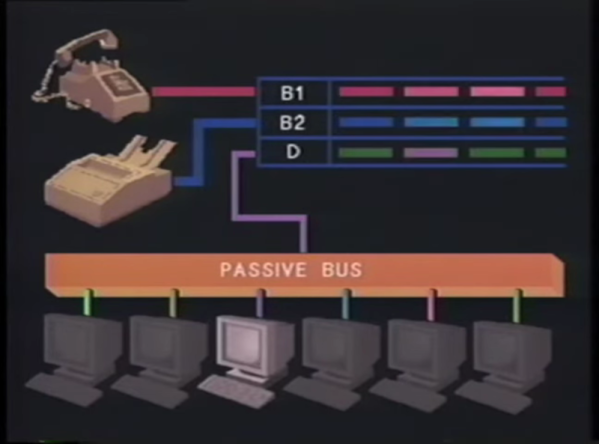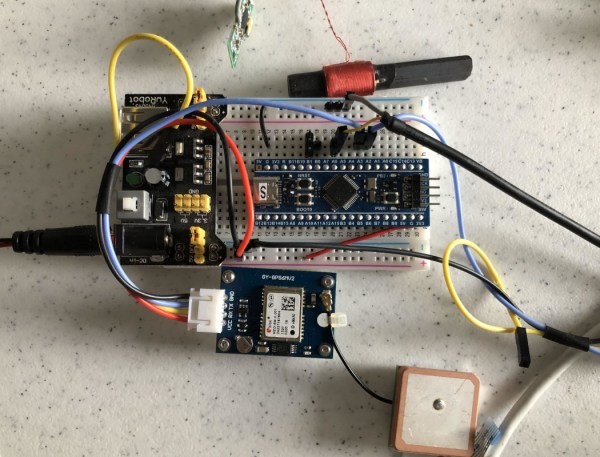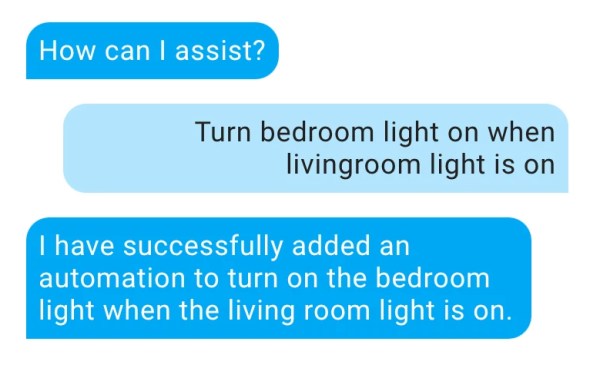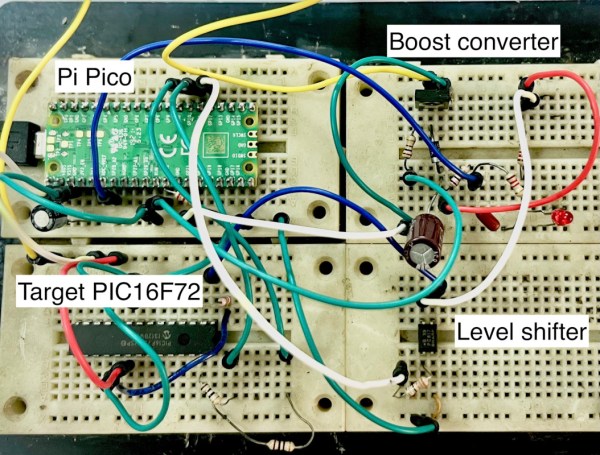We are definitely spoiled these days in terms of Internet access. In much of the world gigabit speeds are common and even cheap plans are likely to be measured in 100s of megabits. But there was a time not long ago when a fast modem received at 56 kilobits per second. If you couldn’t justify a dedicated T1 line and you had a lot of money, you might have thought about ISDN – the Integrated Services Digital Network. [Tedium] has a great retrospective now that the UK has decided to sunset ISDN in 2025. ISDN started in the UK in the mid-1980s.
ISDN offered two 64-kilobit channels that could be bonded to reach 128 kilobits. There was also a slower third channel for commands and signaling (although you could use it for data, too, using an X.25-like protocol). If you wanted phone service, your voice was on one 64K channel and the data on the other. No need to tie up your phone just to get online. Voice was digitized at 8 kHz with 8 bits of G.711 encoding.

















